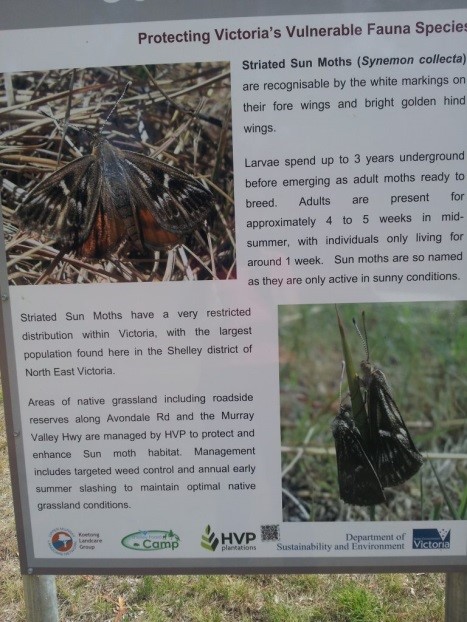The concept that we have to kill introduced flora and fauna to allow the “natural/native” landscape to return is not considered feasible or realistic by overseas research.
So far the kill & kill again approach has not worked, as highlighted by Richard Williams, in his chapter in Biodiversity and Environmental Change (CSIRO Publishing, 2014), that states that from the mid 2000s:
- ”the total governmental expenditure on environmental management (across all levels of government) has exceeded $12 billion per year (state of the environment 2006 committee 2006). It is likely to be far higher now”, and
- “Despite this considerable investment and effort, Australia has failed to reduce the rate and scale of biodiversity loss. The reasons why this previous expenditure has not been effective are due, in part, to lack of appropriate information and monitoring”.
Furthermore, since the kill & kill again approach to overabundant species has never worked, we need to replace it by, for example, applying predator cascade management methods to stabilise populations that the ups and downs of constant shooting or poisoning cannot do.
We live in a living, dynamic, ever evolving interactive environmental system. If one part of the system is removed, it cascades throughout the total environment.
No Australian species has gone extinct due to a Brumby presence. Removing them now will break the environmental balance that has evolved over the past 200 years. Those species who now benefit by co-habituating with Brumbies will suffer, especially those species needing short, constant regrowth of fresh green grass Brumby rotational grazing offers, such as the Striated Sun Moth, described in the image below:

References
Williams, Richard, et al., 2014, Alpine ecosystems, in Biodiversity and Environmental Change (CSIRO Publishing, 2014)





